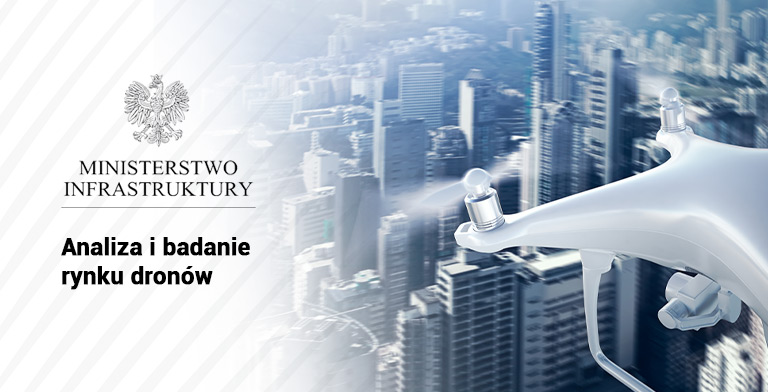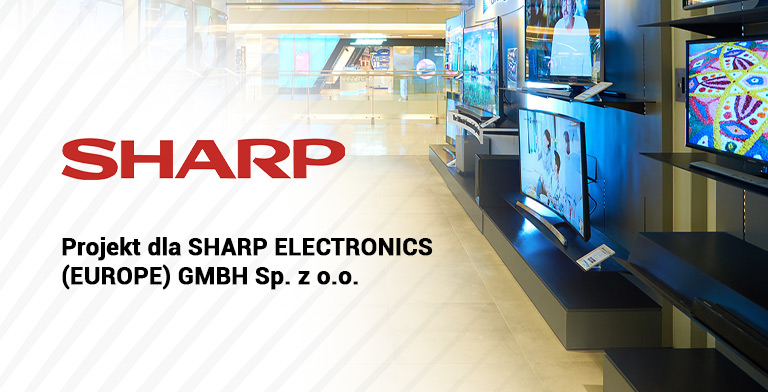Market research techniques
Market research techniques include:
- survey (questionnaire, direct interview, press survey, telephone interview);
- panel of retail products (gathering information through inventory in retail stores);
- panel of consumers (survey of randomly selected consumers);
- motivational research (e.g. interviews and tests, which aim to identify the motivations of consumers);
- experimental and observational methods (e.g. market experiment);
- current observation of the market.
The survey methodology aims to collect information from a selected group of consumers. Respondents can be either a specially or randomly selected target group. The survey is based on answering the inquiries in the questionnaire. Questions can be both open and closed.
Common techniques of survey methodology are:
- post poll - communication with the respondents via post;
- press poll - a survey published in the press - the respondents send their answers by mail;
- auditorium poll - appears on the banquets, tastings, seminars - dealt personally;
- packaging survey - passed on the occasion of the sale of the product, used in advertising campaigns;
- computer survey - communication with respondents via the Internet;
- direct interview;
- telephone interview.
In order to design the questionnaire, first it is necessary to formulate the topic and aim of the research, then its scope - namely the method of selecting groups of subjects, and forms of measurement.
Panel of the retail products is one of the market research techniques, involving collecting information through inventory in retail stores.
In the process of market research, panel of the retail products is part of a secondary data analysis. Data needed for the analysis may be, for example, product sales by their line, the stock of each product in the stores, supply costs, production, storage and product sales.
This panel allows the analysis of product supply and demand on the market. It provides not only the necessary information about the products, but also about consumer preferences.
Panel research collects data from one specific group of people. This examination may be carried out at regular intervals.
Panel studies allow to collect information about the ongoing phenomena: changing trends, changes in the environment and preferences of consumers of the surveyed groups.
The panels can be classified in terms of:
- continuity of test: the invariable and seasonal panel,
- way of contacting the respondent: postal panel, telephone and direct contact,
- research topics: mono or multi-theme panel,
- body of research: consumer panel, panel of households, panel of institutions,
- composition of the participants: static and dynamic panel.
The purpose of the panel research is to get information about the structure of purchasers, to determine market share, the frequency and intensity of the particular purchase, to examine consumer attachment to the brand and to capture changes in consumer preferences.
Motivation research is to explain consumer behaviour and to identify the reasons why a group of people decides to buy some goods.
The research is used to identify:
- factors inducing consumers to choose the product or service,
- factors inducing consumers to remain loyal to a product or brand, or to abandon them,
- perceptions and opinions of consumers towards the product or service.
Motivation research is the basis to generate a personality profile of buyers of certain products. It is of great help in planning promotional activities, marketing and sales.
Motivational research techniques are:
- depth interview, the essence of which is to encourage the respondents to provide their opinion,
- projective techniques that consist of the transmission of one's own characteristics on the evaluated items.
Experimental techniques in market research consist in manipulating variables in order to measure their effect.
Experimental methods can provide invaluable help in:
- launching a new product,
- determining the optimal price,
- determining the prospects for selling the product,
- evaluating the effectiveness of sales control,
- choosing the best means of advertising,
- determining the most accurate slogan,
- determining advertising expenditure.
Experimental methods may take place in the laboratory conditions or on the selected market with a limited range.
Observational techniques involve direct observations of the market in the intended and planned manner.
Observational techniques are divided into:
- categorized observational research - the researcher observes market phenomena from the point of view of the pre-prepared sheet of questions or problems,
- uncategorized observational research - characterized by casual observation of market phenomena due to the lack of a pre-prepared sheet of questions,
- direct observational research - the researcher is able to verify gathered information,
- participatory observational research - the researcher becomes a member of the study group of the environment of his interest, and takes active part in its activities,
- nonparticipating observational research - the researcher is a member of the group, confined to passive observation of its activities,
- overt observational research - the tested persons have full knowledge that they are the subject of an observation and research,
- covert observational research - the tested persons do not know they are observed.
The current observation of the market is to examine all market relations of a particular territory or industry. It is observation of the market phenomena in their natural environment.
Elements of the current market observations are:
- position of the manufacturer on the market,
- odds of entering the market with a new product,
- current and potential future customers,
- product prices,
- possible distribution channels.
The current market observation can identify consumer behaviour and preferences, to track changes in the market and to monitor the activities of the competition.
Observation of the market is a great help in planning promotional activities for the new product or service.
You are welcomed to contact us to arrange co-operation.















